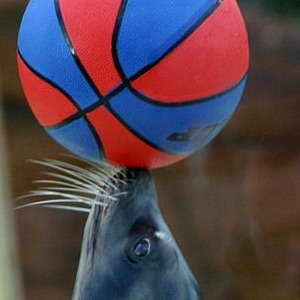sampling methods and physics of MCMC
2022
Monte-Carlo Markov-chain methods are widely (and wildly) used in cosmological inference and can always be mapped back onto a canonical, statistical physics system. Interesting questions we pursue concern canonical parition functions reflecting cosmological, non-Gaussian likelihoods and analytical methods for inference for these cases.
